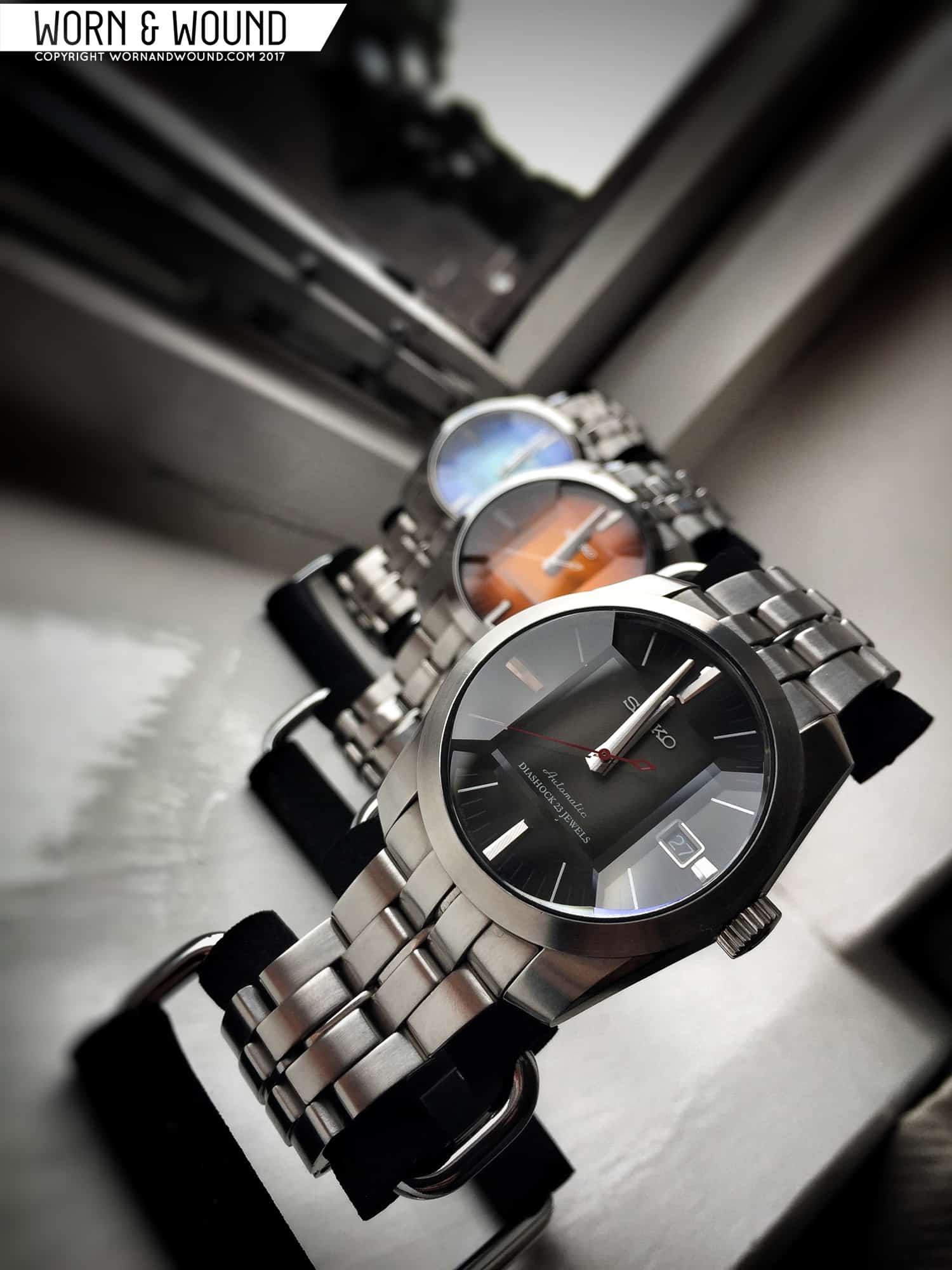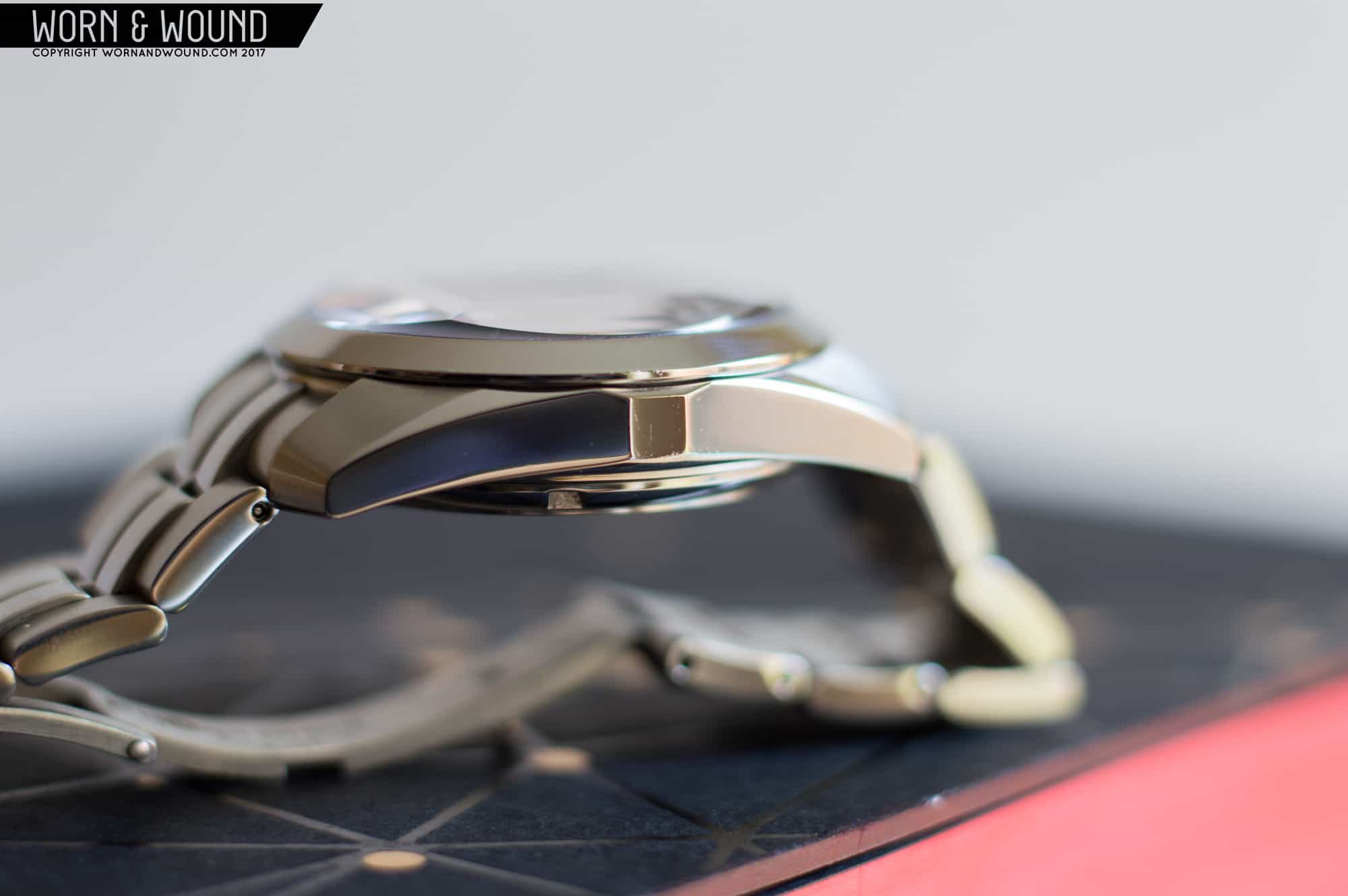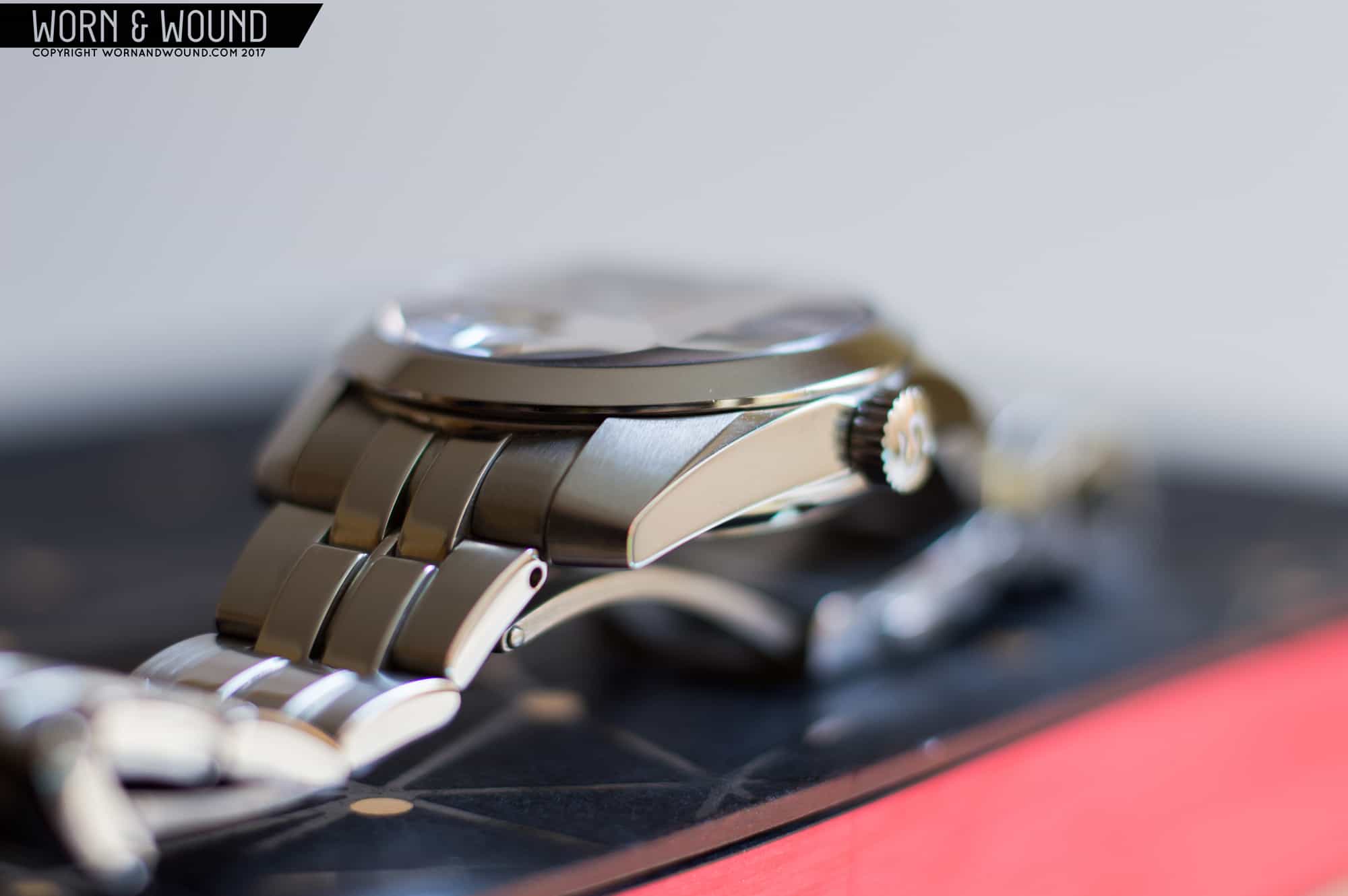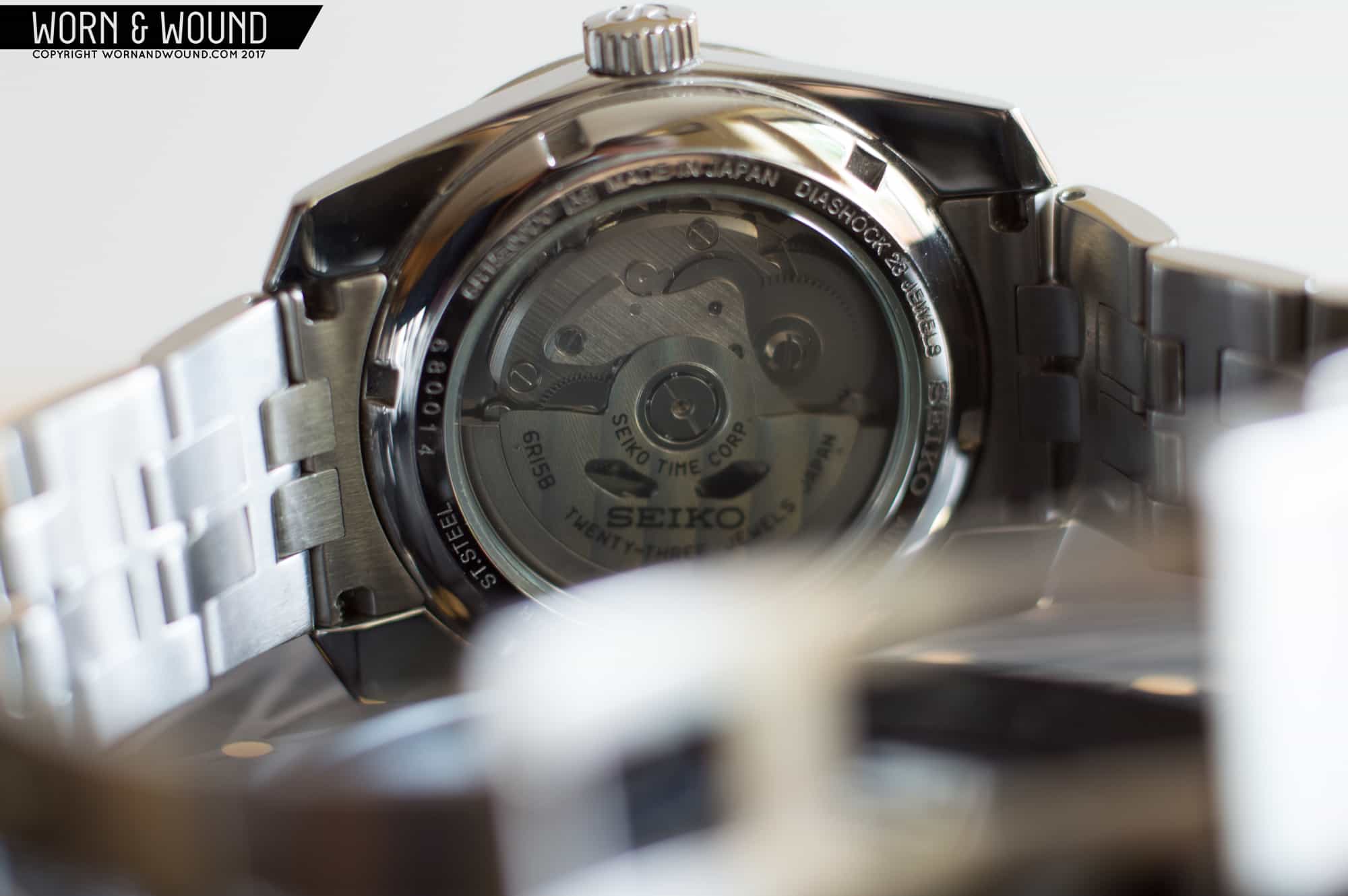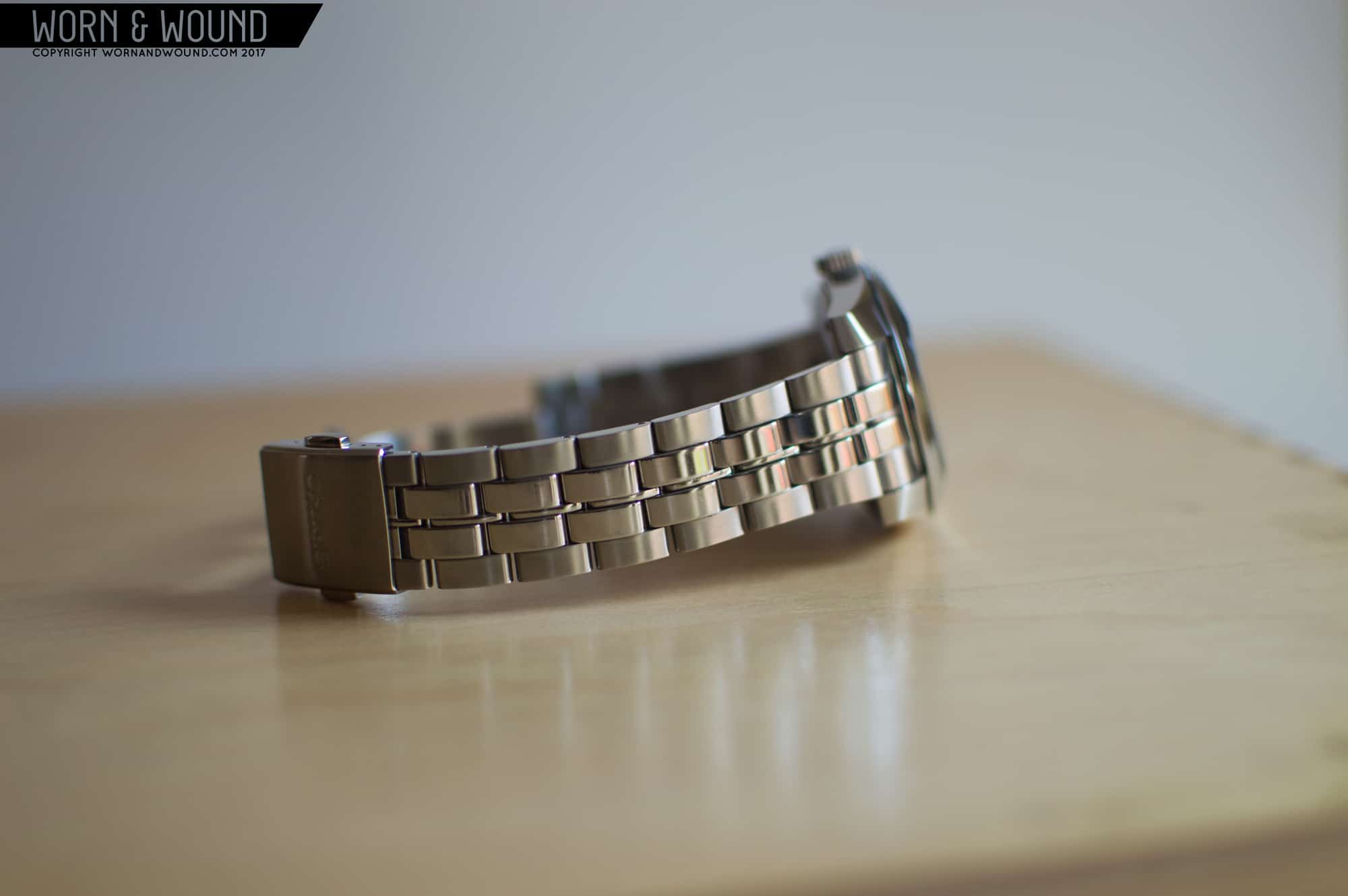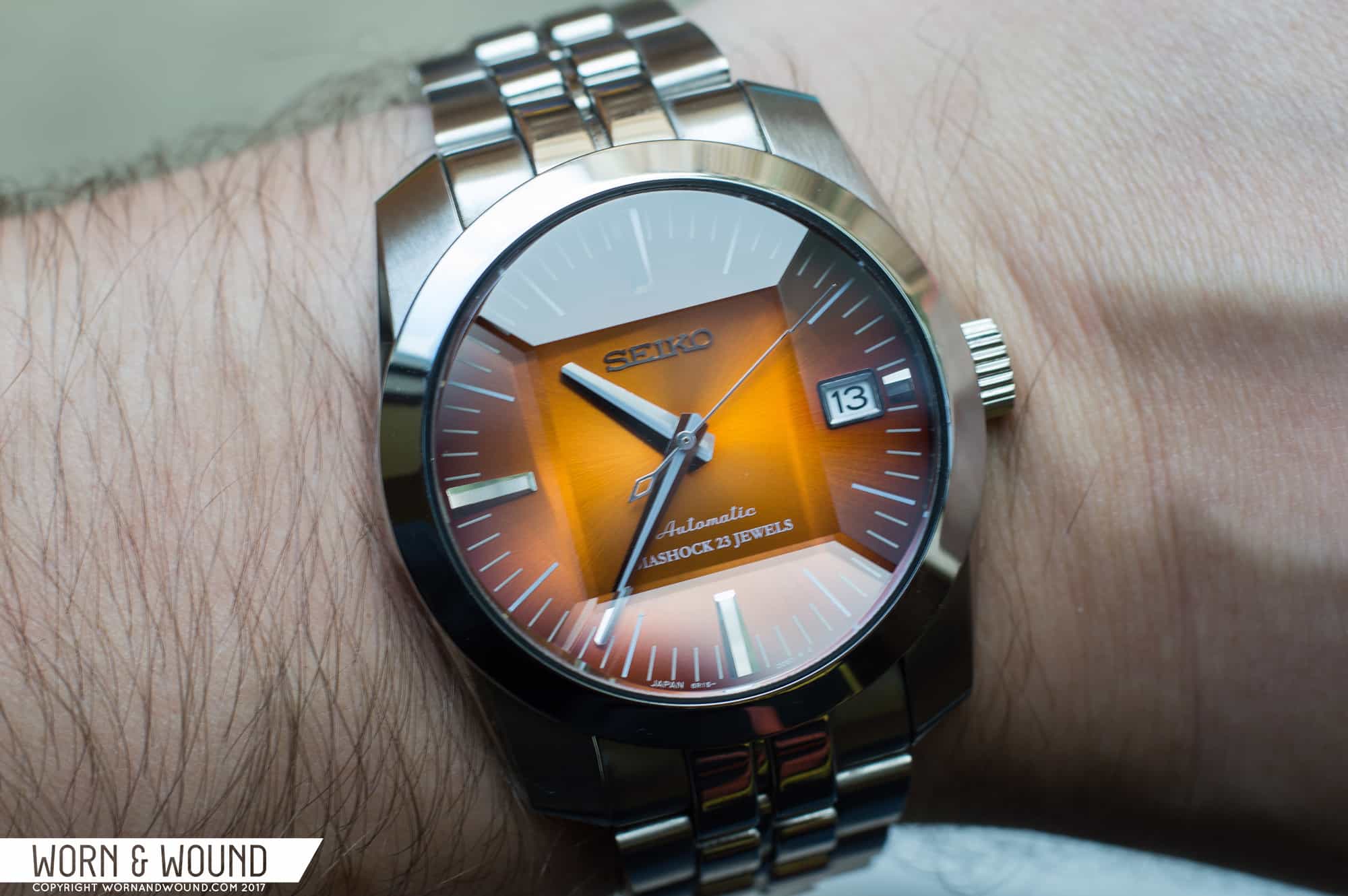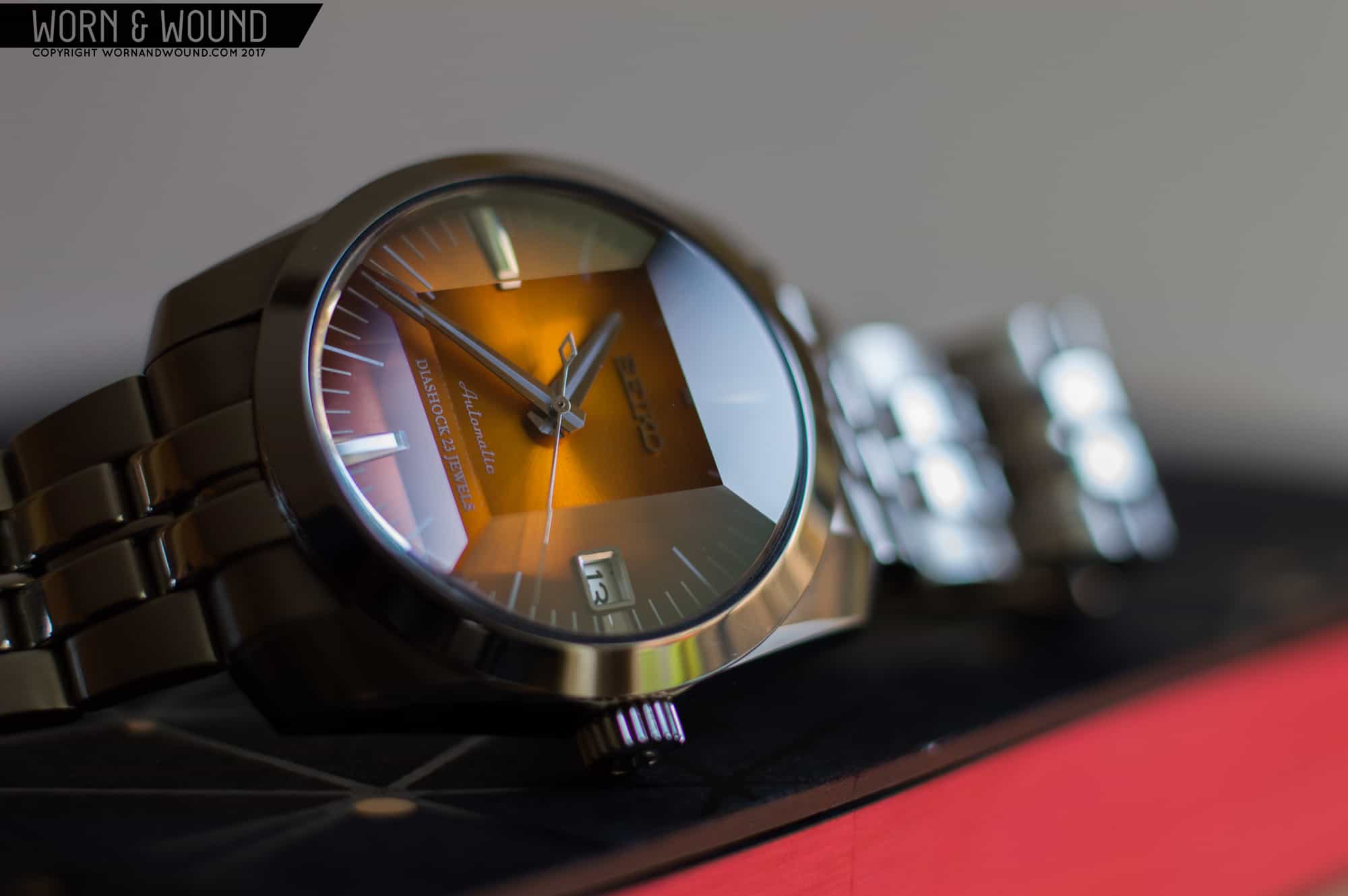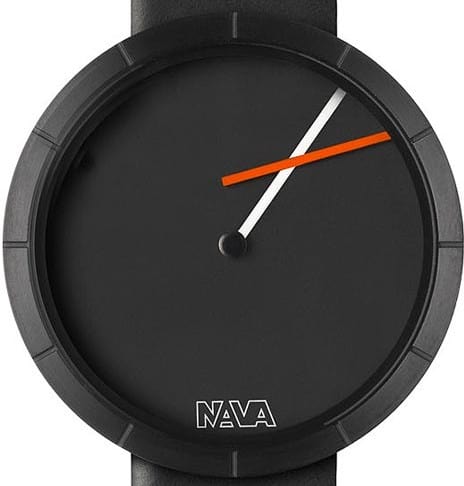Faceted crystals may seem like a hangover from an unfortunate ’70s trend—something the watch world has moved on from and possibly even looks back on with slight embarrassment. However, I have always had an infatuation with these watches despite arriving in the world years after their decline.
Seiko were one of the many brands that produced models with faceted crystals in the 1970s, but are also one of the few who tested these waters again several decades later. In the last couple of years, only a handful of brands—among them Rado and Orient—have once again brought watches with faceted crystals to the market on retro styled watches such as the Rado Diastar Original and the Orient Neo 70s.
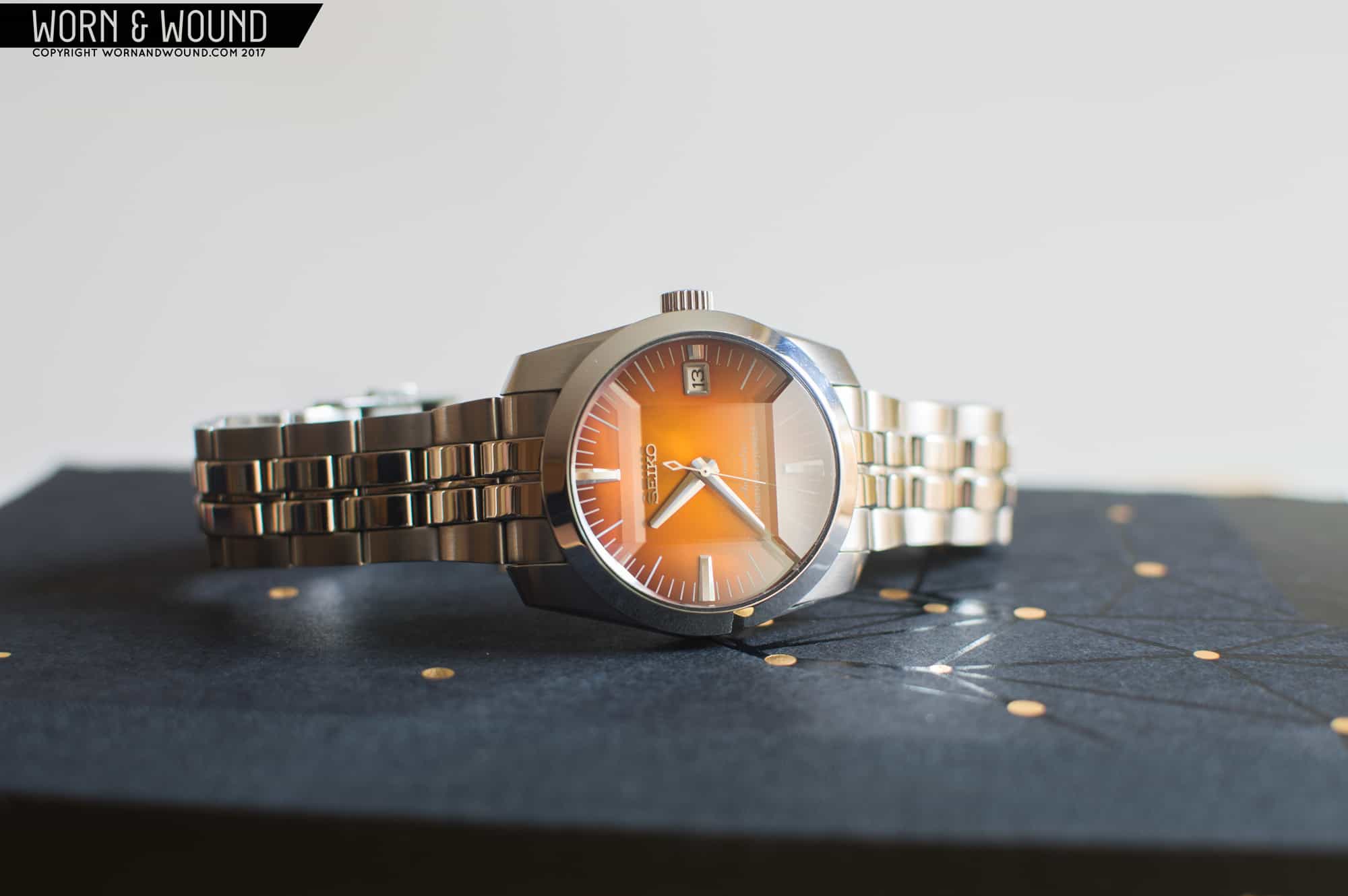









 Featured Videos
Featured Videos






